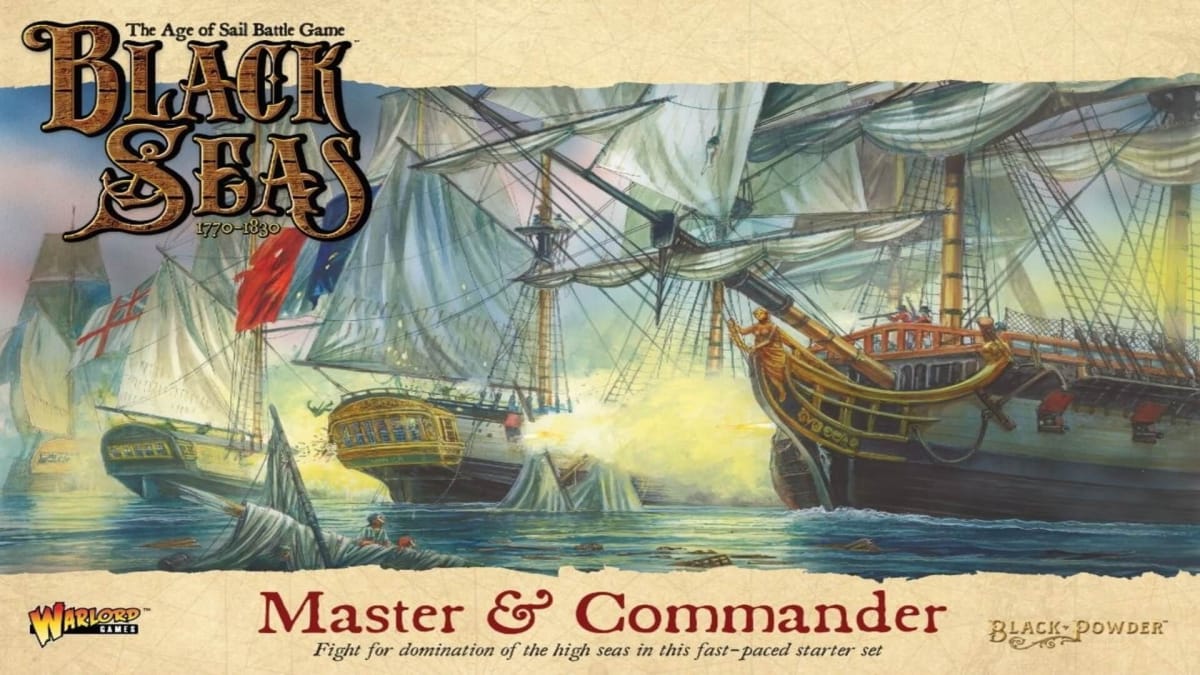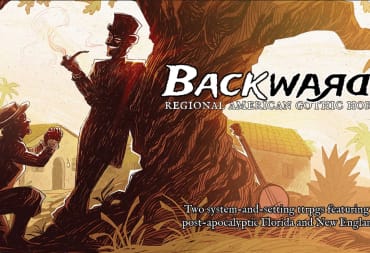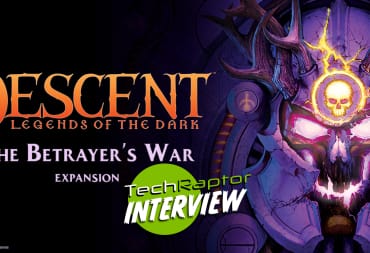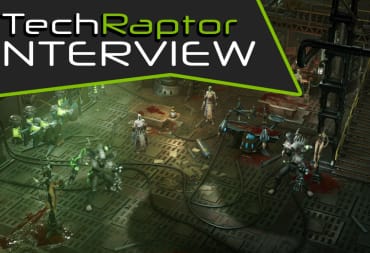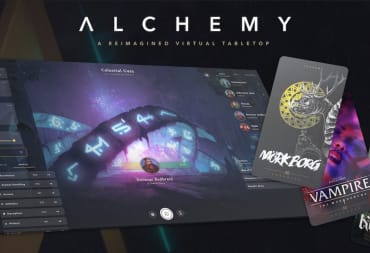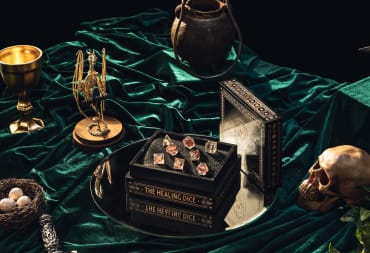Following up on our Black Seas review, we caught up with the games' designer Gabrio Tolentino for a chat about designing Black Seas and putting together such an awesome starter-set.
This article forms part of our Nautical Tabletop Month that's running across all of November. We're going to look at different nautical wargames and board games, as well as interview developers about capturing the sea feel on the tabletop. We'll also look at nautical factions in popular wargames along with tabletop accessories that are available to keep your hobby ship-shape. You can see all the articles here on the hub. So come aboard as we set sail and celebrate all games nautical in nature.

You can buy all the Nautical Tabletop Month products from our tabletop sponsor, Firestorm Games.
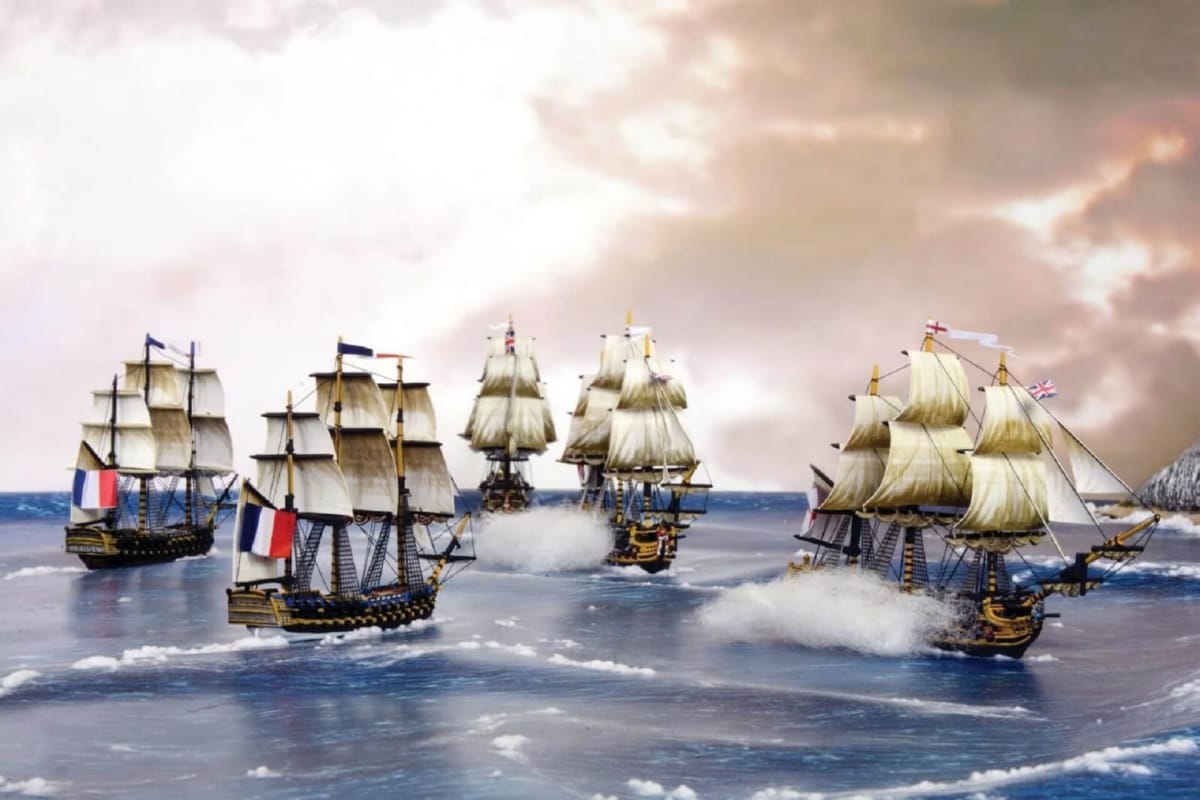
TechRaptor: Gabrio. Welcome to the TechRaptor Nautical Tabletop Season. For those that don’t know you or your work, could you give us a little introduction on your gaming background, what you’ve worked on, as well as what you enjoy playing at the moment?
Gabrio Tolentino: Hello. I have worked in the Toy soldier industry for almost 24 years (roughly the first half in Games Workshop and the second half in Warlord Games) and have been a hobbyist all my life. In terms of game design, I was one of the main playtesters of Trafalgar (a naval wargame mostly for 1:1200 ships) and bounced off many ideas with its talented author, Mark Latham. I helped to develop a board game called Pirates of Nassau, and I was a co-author on John Stallard's great Cruel Seas, WW2 naval wargame, before writing my own game: Black Seas. I mainly play Black Seas and Bolt Action, and less often (only because of lack of time) the Napoleonic system Black Powder.
TR: Where did the initial idea for Black Seas come from? Were you a fan of the genre? Was it always a dream to create a golden age of sail wargame?
GT: For a long time, the age of sail has fascinated me, and I have always been an avid wargamer, therefore it was always a dream to combine these 2 passions. It also frustrated me that many great systems for such gaming were very “realistic” but also quite impenetrable to the untrained or uninitiated. And working on Cruel Seas inspired me to sit down and start writing at a much more approachable system. This was just after the release of the Cruel Seas starter set during the 2018-19 Christmas. I have taken many of the fantastic ideas at the base of Cruel Seas and used them as a springboard to write rules for an age of sail version of the game. I chose the Napoleonic era, because, in my opinion, this is when sailing ships were at the height of their technological development when both men and ships inspirational!
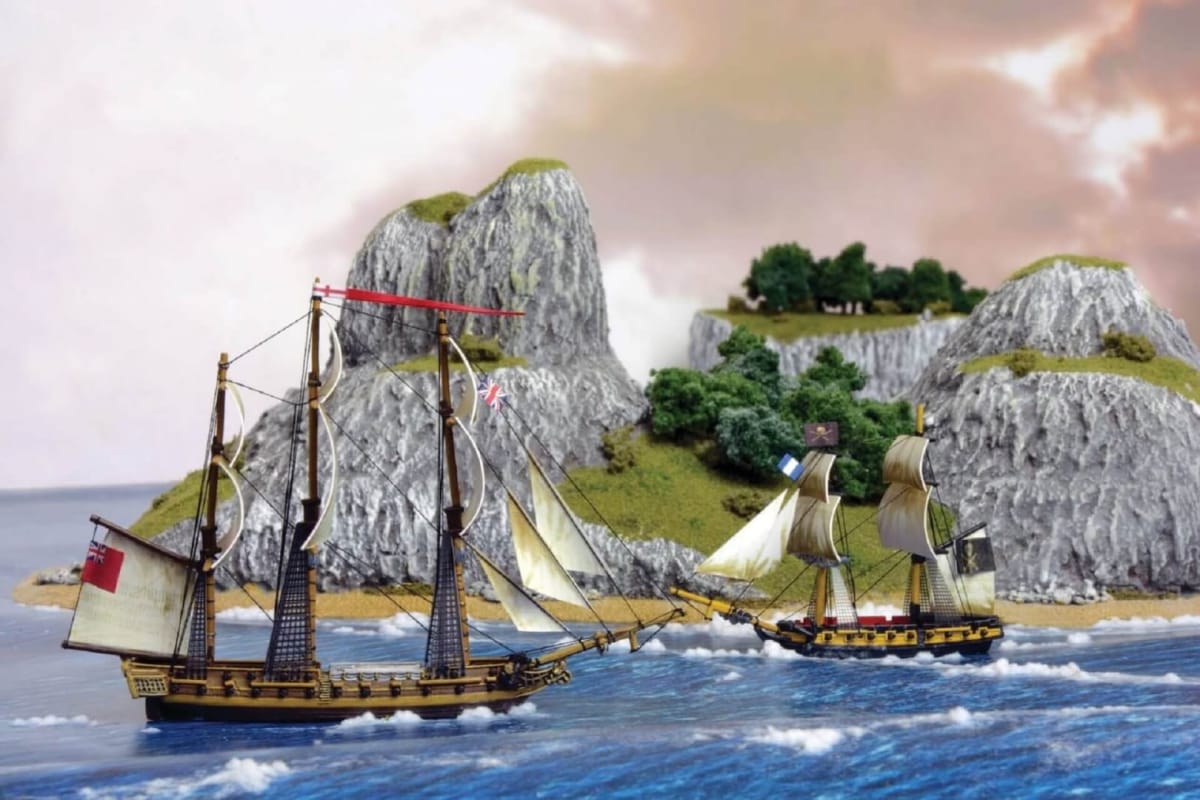
TR: Tell us about the initial design. What were the must-have mechanics that you had going in? Was there a rules template that you started with, or was it all built up from scratch?
GT: The starting point for the rules was Cruel Seas. Specifically, the way in which the movement is segmented and each additional segment represents a faster speed. I also took inspiration from the decimal system to determine hits used in Cruel Seas but wanted to simplify it to streamline gameplay as much as possible. However, the very crucial order of play was inspired by Rick Priestley himself (the designer behind the original Warhammer), who (several years ago, advising on the Games Workshop system Trafalgar) gave the opinion of definitely needing to factor “having the wing gauge” as an advantage (this is something that tall ships in real naval combat took great advantage of and it means being closer to the point of origin of the wind than the opponent). This made me combine the ideas behind the Trafalgar order of play with the one in Cruel Seas, creating an innovative new way to determine the order of play.
TR: Were there any big changes as development went on and different parts of the project started to align?
GT: It was more of an organic development with most of the time spent to develop the finer points instead of the main themes. Apart from a quite late addition to also allow for a much more realistic way of managing the wind. I have to say that mainly thanks to David Manley (a great game designer of Naval wargaming), who was campaigning for more realism in a couple of lengthy chats/debates we had together.
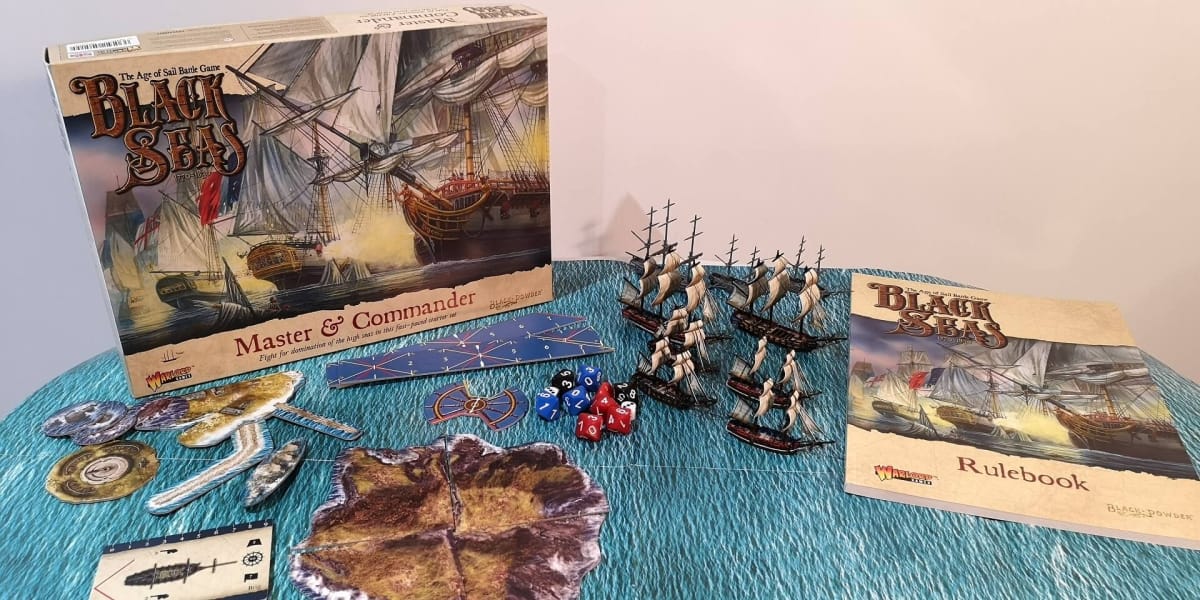
TR: Did you have any input with what went into the Master and Commander Starter Set? What was the thought process behind the choice of included ships?
GT: 100%. The contents of Master & Commander and of all the Black Seas range has been developed by me, with invaluable help of Paul Sawyer. To talk about the decision behind the contents I need to explain the thought process behind the entire range. Designing and cutting a steel tool needed for a plastic frame takes a minimum of 6 months and lots of tens of thousands of pounds in upfront initial investment. However, once done, casting great numbers of ships becomes relatively easy, and fast and plastic models are usually easier to assemble. Therefore I planned the range around 2 steel tools, 1 that could mold 1 Frigate and 2 Brigs and the other that could mold a generic 3rd rate ship. It is my belief that these 3 types of ships would cover a great deal of the most iconic ships of the period. My idea was to make a generic hull and detachable figureheads and sterns. This is because having modeled and painted many small scale models of Napoleonic Sailing ships it was obvious to me that the differences in the hull between different designs of same class ships were so minimal that 1 hull with a certain number of guns could be used for a variety of different ships, as long as the 2 main differences (the figurehead and stern) could be swapped. This would also allow us to add bespoke metal sterns and figureheads to further extend the use of the fabulous plastic models.
Which brings me to Master and Commander. I wanted the set to have as many models as possible for the most competitive retail price, whilst also still retaining the elements of an introductory set. Therefore in the starter set, you can find 2 fleets of 1 Frigate and 2 Brigs each. Plus a third Frigate that is to be used as a target, that is needed for several scenarios.
TR: What we like most about the Master and Commander set is the level of hobby input it gives you with the ships. Even unpainted, with the sails, attached the ships look great on the tabletop, but if you go all-in for full painting, rigging, and custom sail options, the ships really shine. Was this choice of hobby input by design?
GT: Absolutely, there are several levels of complexity that can be achieved, if needed, in stages so that even a novice could work up to high levels of modeling when ready.
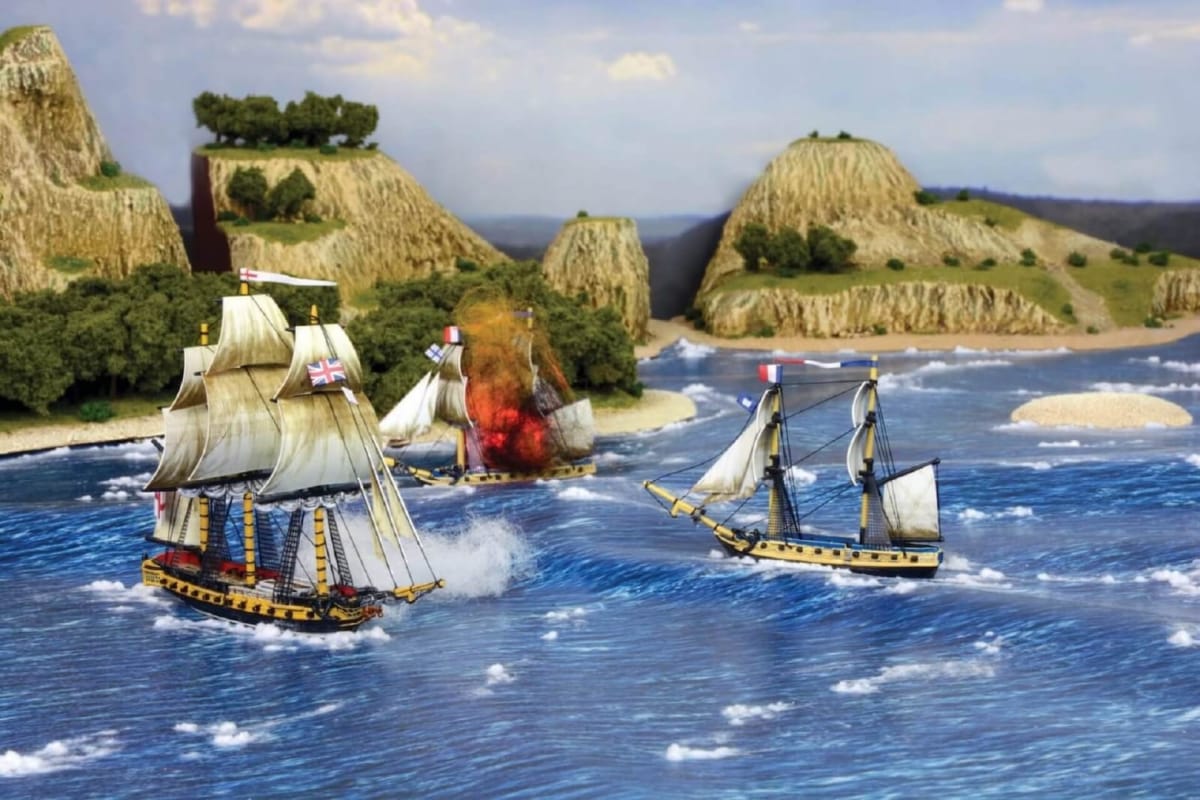
TR: Black Seas is being used as a rule base for the upcoming Kings of War Armada. Have you had any input with that?
GT: I presented the system to Mantic Games before they started adapting it to a fantasy setting. And the core mechanics have not changed. However apart from that, Mantic did all the “fantasy fiction”. But as these changes are not significant, we consider this a collaboration and this is why the starter set is dual-branded.
TR: Which is your favorite Black Seas force and why?
GT: I might sound like a proud dad, but I really don't have one. I like all the main 4 for different reasons. The British were the absolute best navy of the period, the French had beautiful ships, the Spanish had lots of big ships and the Santissima, and the Americans were the plucky underdogs with huge skill and courage. I have at least a few ships for each navy and sooner or later I will have a full fleet for each.
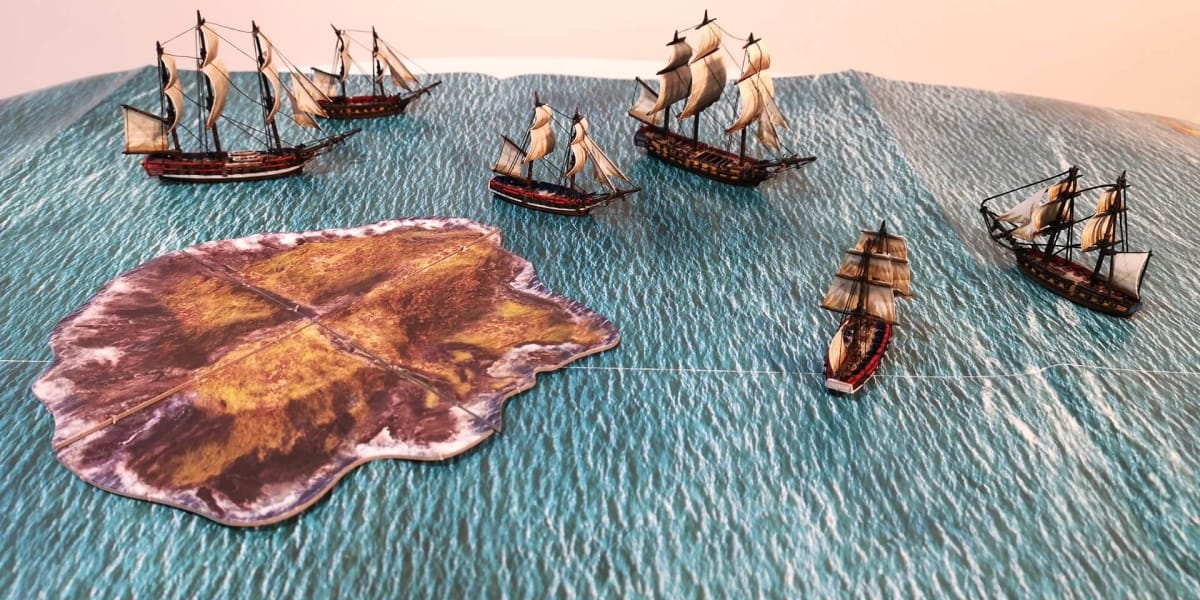
TR: Which is your favorite Black Seas ship and why?
GT: This has to be the plastic 3rd rate. It is so easy to build and paint and it represents the (in my opinion) best ship to have in Black Seas. I have painted quite a few and am going to paint more and the pleasure of doing this has not reduced at all. Especially with the capability of adding different metal decks, sterns, and figureheads. I also like all 1st rates, possibly the Spanish best, I just love the shape of it.
TR: The Master and Commander starter-set provides an incredibly cost-effective entry into Black Seas, along with a solid base for building up a fleet. What would you advise new players to their next purchase after Master and Commander?
GT: One of the fleet boxes. Just pick your preferred flavor (nation) and you will have in one easy purchase most of what you will need, maybe followed by either a box of generic third rates or third rates for your chosen nation.
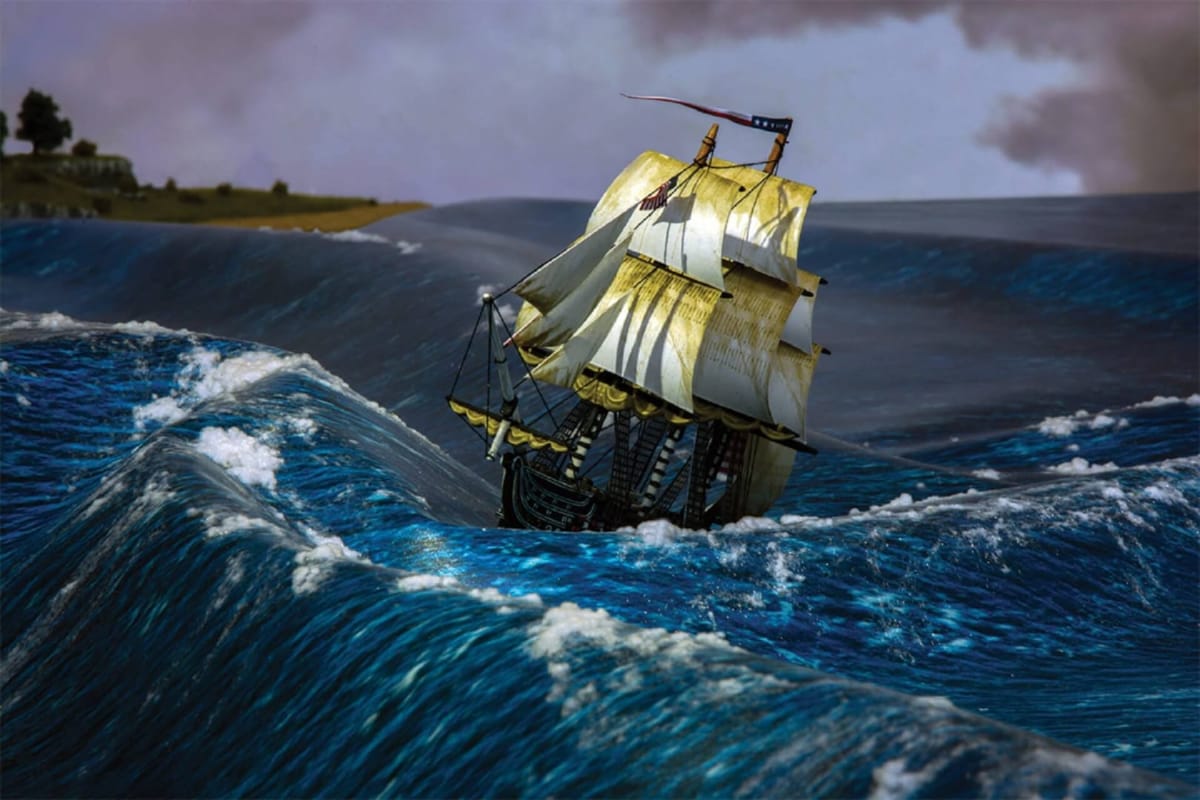
TR: What’s next for Black Seas?
GT: There is a supplement in the works, it will be a collation of the many articles, scenarios, and rules that have been released for free in the last 12 months, plus either 1 or 2 campaigns and additional rules for some of the navies that had less of a presence in the Black Seas period. Furthermore, all of the ship classes that have not been released yet will be released and we will explore and release more “Mediterranean” ships.
TR: Thank you very much for taking the time to talk to us Gabrio, it's been great to get an insight into the design process.
You can check out our review of Black Seas as part of the Nautical Tabletop Month here.
Have a tip, or want to point out something we missed? Leave a Comment or e-mail us at tips@techraptor.net
